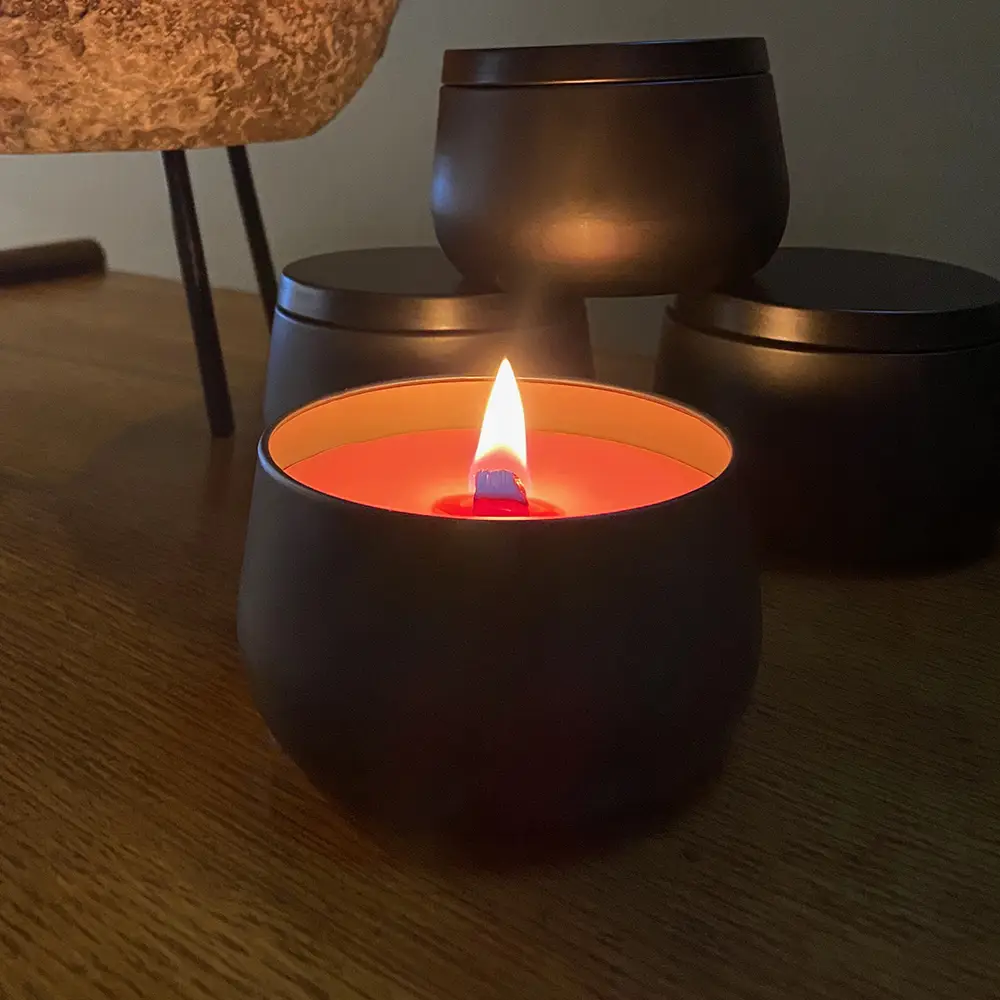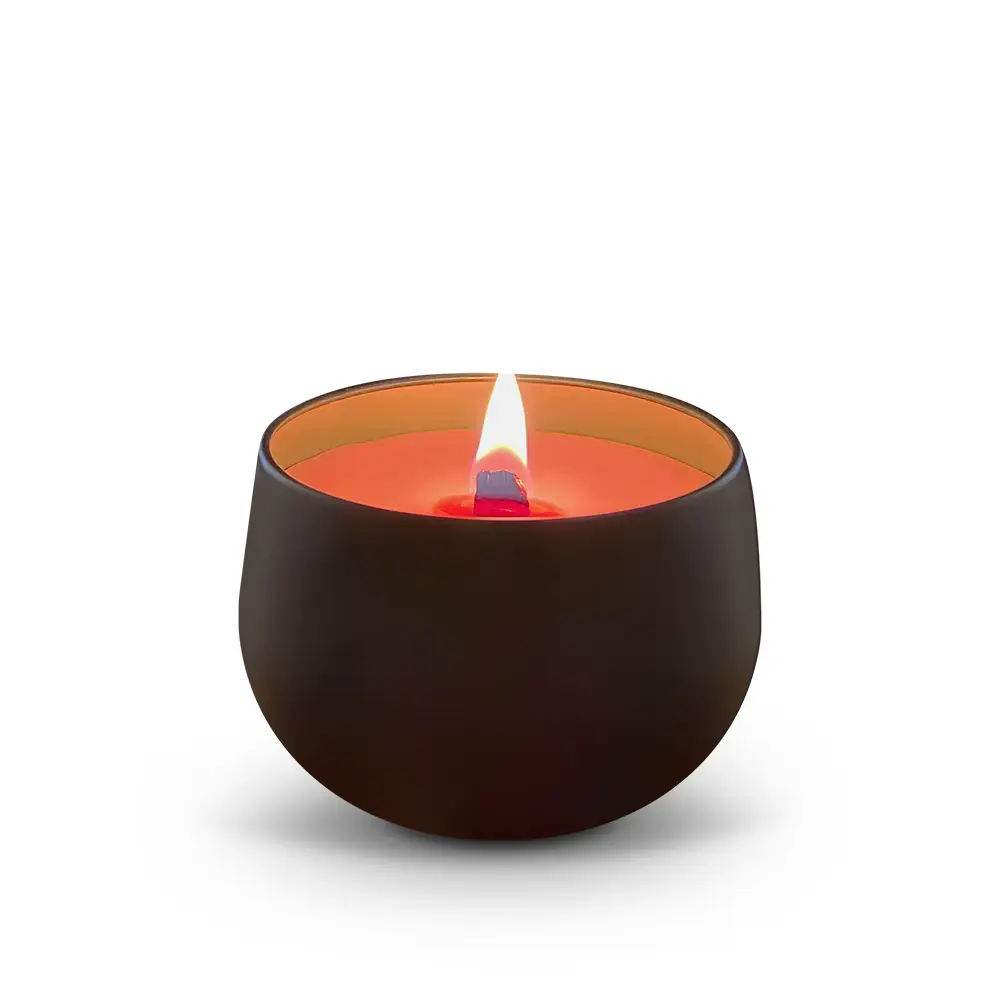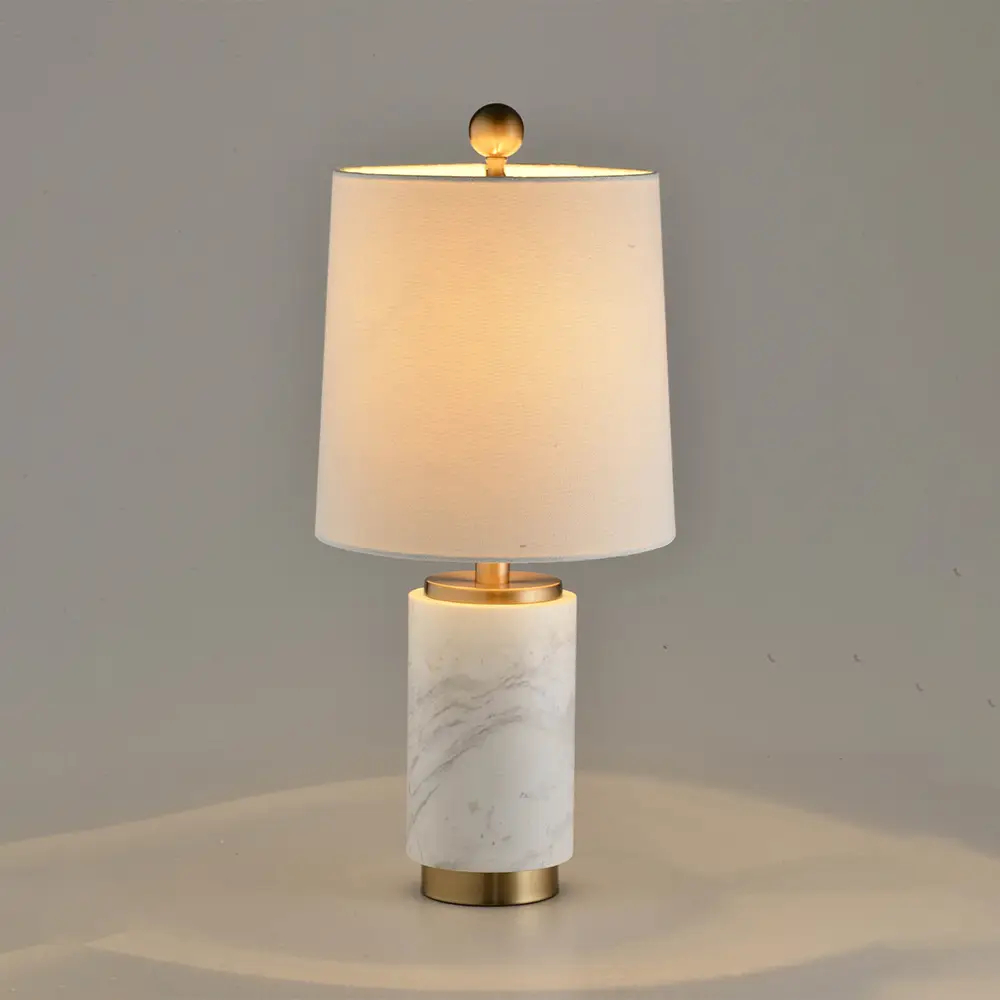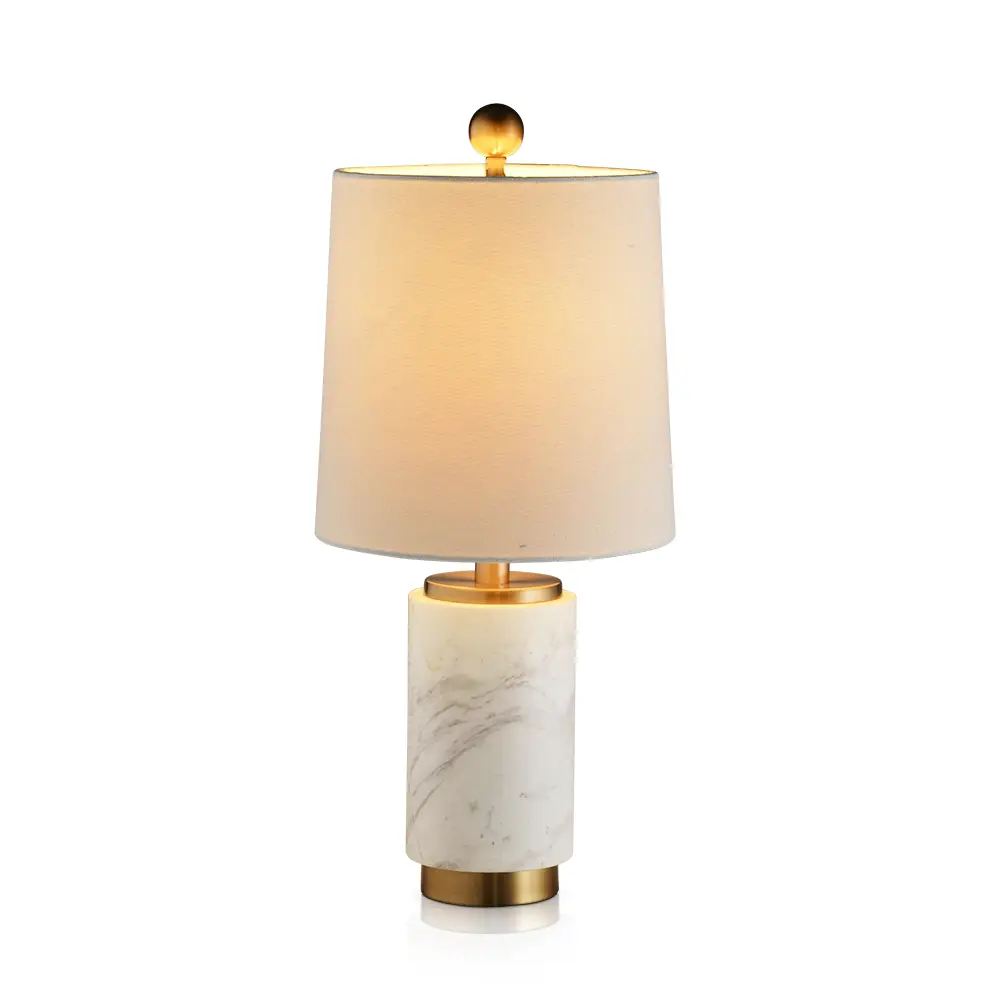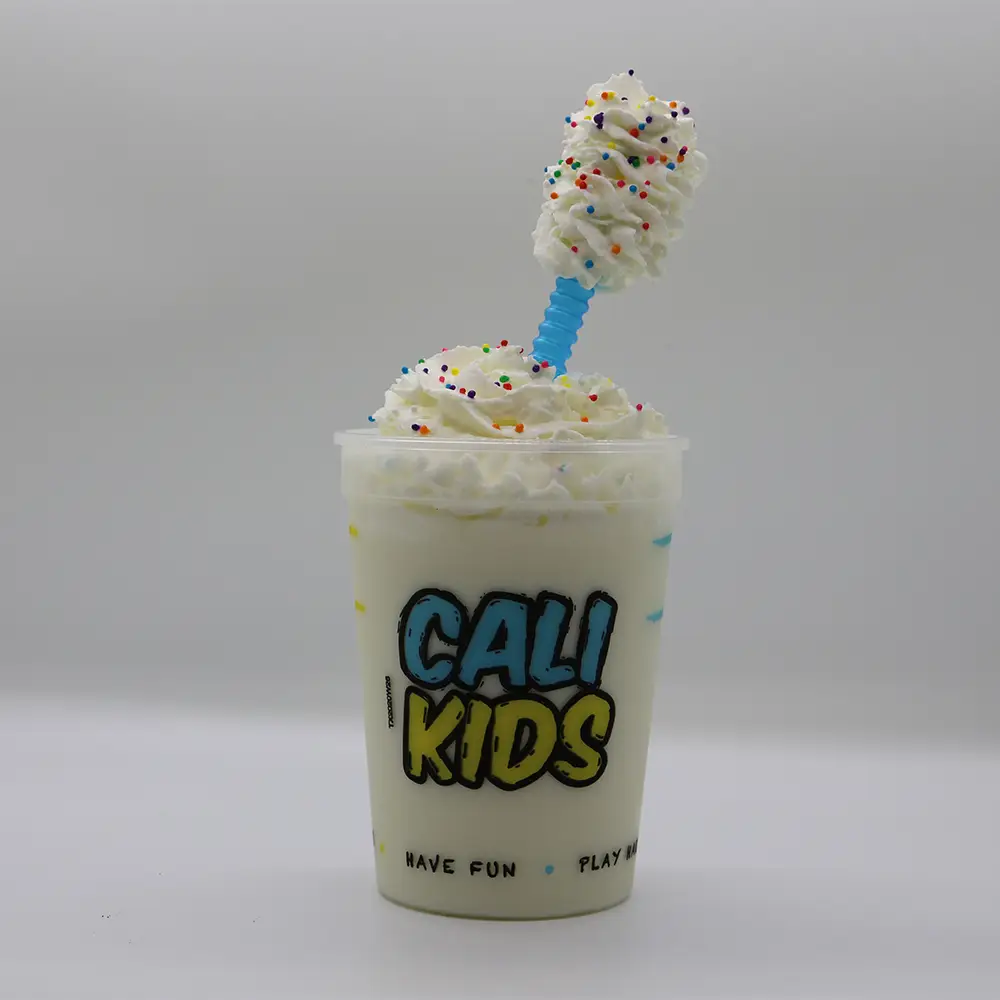Add Depth and Dimension to Images With Shadow Making Service
Check out our Shadow Making Service, a technique that can add depth and dimension to your images and how it can benefit your business.

What is
Shadow Making Service?
The Shadow Making Service is a photo editing technique that involves adding a shadow to an object in an image. The shadow is usually placed behind the thing, making it appear as if it is floating above the background. This effect adds depth and dimension to the image, making it more visually appealing and engaging.

Why is Pixmango the Best Shadow Making Service Provider?
Pixmango is the best shadow making service because of its unparalleled commitment to quality and customer satisfaction. With years of experience in the photo editing industry, we understand the importance of creating realistic and compelling shadows that enhance the visual appeal of images. Our team of skilled professionals uses the latest technology and techniques to produce high-quality shadows that blend seamlessly with the original image. Customer satisfaction is our top priority, which is why we offer a 100% satisfaction guarantee.
Shadow Making Service
Drop Shadow
A drop shadow service is a photo editing technique that creates a shadow effect behind an object to give the impression of depth and dimension. It is widely used in product photography and e-commerce to enhance the appearance of images. Here are some key points:
- A drop shadow service creates a natural-looking shadow that mimics the effect of light falling on an object.
- It can be applied to any object, regardless of shape or size, to make it stand out from its background.
- The drop shadow's intensity, angle, and color can be adjusted to suit the image and the desired effect.
- Drop shadow service is a popular graphic design, web design, and advertising technique to create a professional and polished look.
Natural or Existing Shadow
A natural or existing shadow is a shadow that is already present in an image due to the lighting conditions at the time of capture. It can add depth and realism to a photo and make it look more natural. Here are some key points:
- A natural shadow is created when an object blocks the light source and casts the resulting shadow onto a surface.
- It can be used creatively to add drama, contrast, and interest to an image.
- In product photography, natural shadows can make the object look more three-dimensional and lifelike.
- When editing an image, it's important to preserve the natural shadows to maintain the integrity and authenticity of the image.
Reflection Shadow
A reflection or floating shadow occurs when an object is placed above a surface that reflects light, creating an image that appears to float above the surface. This optical illusion is commonly used in photography and art to create depth and visual interest. Some key points:
- Reflection shadows are often seen in the water, mirrors, and other reflective surfaces.
- They can also be made using mirrors or other reflective materials.
- Floating clouds can add a sense of mystery and intrigue to an image.
- They can create a sense of movement or action in an otherwise static scene.
Castaway Shadow
A castaway shadow is a shadow that is created when a person or object is stranded or marooned on a deserted island. This type of shadow is often associated with survival stories, such as Robinson Crusoe or Cast Away. Some key points to consider include the following:
- The media often depicts castaway shadows as a symbol of isolation and desperation.
- They can also represent the passage of time as the sun moves across the sky.
- Castaway shadows can be used to create a sense of tension or danger, as the person or object may be vulnerable to predators or harsh weather conditions.
- They can provide a source of shade and protection from the sun, which can be crucial in hot and arid climates.
How Does Shadow
Making Service Work?
The process of creating shadows starts with selecting the image that needs to be edited. The image is then opened in an image editing software, such as Adobe Photoshop or GIMP.
The next step is to create a new layer and draw the desired shadow shape using the pen or brush tool.
Once the shape of the shadow has been created, the next step is to adjust the opacity and the blur of the shadow to make it look more realistic. The light source's angle is also considered to ensure that the shadow is cast in the right direction.
After the shadow has been created, it is merged with the original image layer to create a seamless and natural-looking shadow effect. The final step involves adjusting the color balance and contrast of the image to make it look more visually appealing.
The shadow making process can also enhance existing shadows in images by adjusting their opacity, blur, and color. This can be useful in cases where the original shadows need to be more robust and well-defined.
So, shadow-making services can help businesses improve their images' visual appeal and professionalism by adding natural-looking shadows that make the images appear more realistic and engaging to viewers.
Benefits of Using the
Drop Shadow Service
There are several benefits to using the drop shadow illustrator in your images:
Enhancing your images with depth and dimension increases their visual appeal and makes them more captivating.
It can make your products stand out in e-commerce platforms and online marketplaces.
Having a consistent branding across your images and marketing materials can be helpful.
It can give your images a professional and polished look, increasing their perceived value.

When Do You Need a Shadow Making Service?
Shadow making services can be useful in various situations, such as:
- Product Photography: If you are an e-commerce business owner or a product photographer, you may need shadow making services to enhance your product images.
- Real Estate Photography: Real estate photographers can use shadow making services to enhance the images of properties. By adding shadows, they can make the photos look more realistic and three-dimensional, making them more attractive to potential buyers.
- In fashion photography, shadows can be used to create a dramatic effect and highlight the contours of the models' bodies and clothing. By using shadow making services, you can achieve the desired effect and make your photos stand out.
- Graphic Design: Graphic designers may need shadow making services to create realistic shadows for their designs. Shadows can add depth and dimension to logos, icons, and other design elements, making them look more professional and appealing.
How It Works
Pixmango is an online platform where you can create stunning graphic designs for various purposes, such as social media posts, marketing materials, business cards, and much more. So, let's go through how it works:
Upload Your Photo
To get started, simply upload the photo that you want to edit. You can do this by clicking on the "Upload" button on the home page and selecting the photo from your computer or device.
Select the Editing Service You Need
Once your photo has been uploaded, you can choose the editing service that you need. The services available on pixmango.com include color correction, photo retouching, image restoration, and more.
Submit Your Order
After selecting the editing service that you need, you can submit your order by providing any additional instructions or specifications for the editing. You will also need to provide your contact information and payment details.
Receive Your Edited Photo
Once your order has been processed and completed, you will receive your edited photo via email or download link, depending on your preference. You can then review the edited photo and request revisions or changes if necessary.
Download and Use Your Edited Photo
After reviewing and approving your edited photo, you can download and use it for your intended purpose, whether that be for personal or commercial use.

